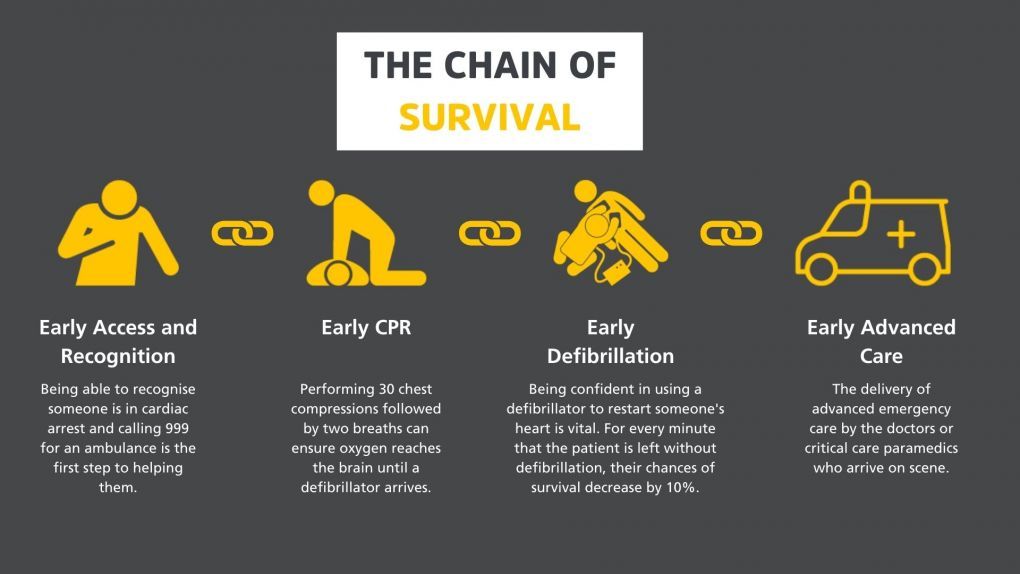Sam's story
Could you have saved Sam's life? Sam is alive today because she received immediate CPR from a member of the public, followed by the advanced critical care from East Anglian Air Ambulance.
1 in 4 of our missions are to patients in cardiac arrest, like Sam.
Sam suffered a cardiac arrest whilst enjoying a day out with her family in Great Yarmouth.
She is alive today because she received immediate CPR from a member of the public, followed by the advanced critical care from East Anglian Air Ambulance. Together, these crucial elements established Sam’s chain of survival and ultimately saved her life.
The chain of survival is vital when someone is in cardiac arrest and is made up of four essential steps, each relying on the other to increase the chances of saving someone’s life. In these cases, the advanced care that East Anglian Air Ambulance brings to scene is more effective when immediate CPR and defibrillation is delivered.

Fortunately, Sam’s cardiac arrest was witnessed by a member of the public who knew how to perform CPR. But, for many others, this is not the case. Currently, the survival rate for those who suffer an out-of-hospital cardiac arrest is less than 10%, however, if a defibrillator is used alongside effective CPR within the first 3-5 minutes, the chances of survival can increase to 40% – 70%.
These medical callouts make up nearly one quarter of the overall patients that we attend within East Anglia.
CPR is quick and easy to learn, and you could save the life of a friend or loved one.
To date, we have taught over 31,000 people to become life-savers in their communities. With your support we can train even more, giving those in need of emergency medical care the best possible chance of survival.
If you make one resolution this year, make sure it’s to learn the skills to save a life.
Together we save lives

Bystander CPR is arguably one of the most important steps in the chain of survival, because without that being carried out, and the early defibrillation, then the resuscitation that comes after that is much less effective.

— Critical Care Paramedic, Jordan